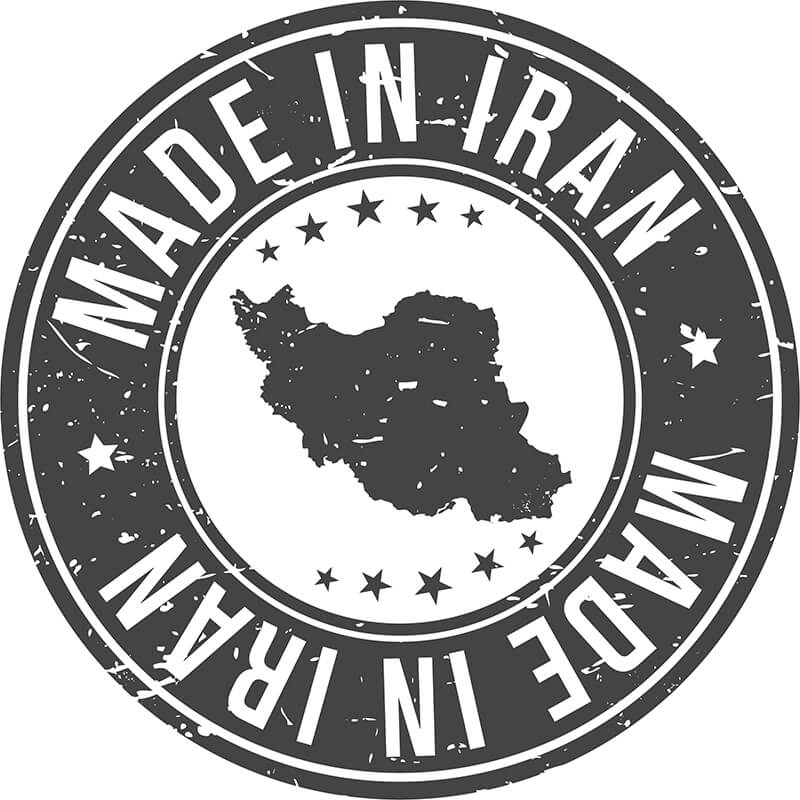Semi-antique Carmania ImpŽrial, circa 1955 14' x 9' 6"
Overview
The Kerman carpet is a carpet of Iranian origin produced in the city of Kerman and the surrounding villages. Kerman is the largest city in southeastern Iran and is known for producing handmade floral carpets. The majority of these carpets have a medallion that stands out against a plain background. The motifs of the medallion are included in the border and its four corners. Sometimes the decor of the field reveals the influence of miniaturists in carpets with plant and animal decoration, more rarely hunting scenes. The boteh (almond-shaped pattern) is often used. The classical border is composed of a central band and two secondary bands.
A Brief History of Carmania Rugs
Situated in south-east Persia, Carmania (also known as Kerman or Kirman) was one of the towns where the Safavids set up a court atelier. It has remained an important centre of carpet production ever since, particularly over the last century. An interesting influence during the nineteenth century was the town’s tradition of woolen shawl production. Many local weavers produced beautifully woven shawls decorated with designs based on the floral-cone motif, the boteh, known in Europe as Paisley. As the demand for shawls declined, partly explained by the fact that by the late nineteenth century, similar shawls were being produced in Paisley, Scotland, the weavers were smart enough to adapt their skills to the increasingly popular skill of carpet weaving with successful results. Not surprisingly the floral-cone motif is frequently to be seen in Carmania carpets in numerous permutations.
It is often hard to pinpoint exactly what constitutes a Carmania design, as the motifs and patterns used are typical of many centres of Persian carpet production. Floral medallions and corner motifs are popular, as are flowering tree patterns and pictorial hunting designs. Pale washed-out colours such as beige and white are typical. The Lavar is a very finely knotted large piece, with an unusual overall small floral pattern on an ivory field. It was possibly made specially to order. Lavar is now the accepted term for carpets produced in Ravar, near Carmania. Lavar was originally a misspelling. They are a particular kind of Carmania which, although quite rare, are famous for the superb quality of the weave. Typically woven in pinky colours, Lavars are very popular in America.
Sources and inspiration: Bérinstain, Valérie, et al. L'art du tapis dans le monde (The art of carpets in the world). Paris: Mengès, 1996. Print.; Jerrehian Jr., Aram K.A. Oriental Rug Primer. Philadelphia: Running Press, 1980. Print.; Herbert, Janice Summers. Oriental Rugs, New York: Macmillan, 1982. Print.; Hackmack, Adolf. Chinese Carpets and Rugs, Rutland and Tokyo: Tuttle, 1980. Print. ; De Moubray, Amicia, and David Black. Carpets for the home, London: Laurence King Publishing, 1999. Print.; Jacobsen, Charles. Oriental Rugs A Complete Guide, Rutland and Tokyo: Tuttle, 1962. Print.; Bashir, S. (n.d.). Personal interview.; Web site sources and dates of consultation vary (to be confirmed). Without prejudice to official usage.
- Choosing a selection results in a full page refresh.
- Opens in a new window.



 Runner Rugs
Runner Rugs 2x3 Area Rugs
2x3 Area Rugs 3x5 Area Rugs
3x5 Area Rugs 4x6 Area Rugs
4x6 Area Rugs 5x7 Area Rugs
5x7 Area Rugs 6x9 Area Rugs
6x9 Area Rugs 8x10 Area Rugs
8x10 Area Rugs 9x12 Area Rugs
9x12 Area Rugs 10x14 Area Rugs
10x14 Area Rugs Round Rugs
Round Rugs Bath Mats
Bath Mats Doormats
Doormats 12x15 Area Rugs
12x15 Area Rugs
















